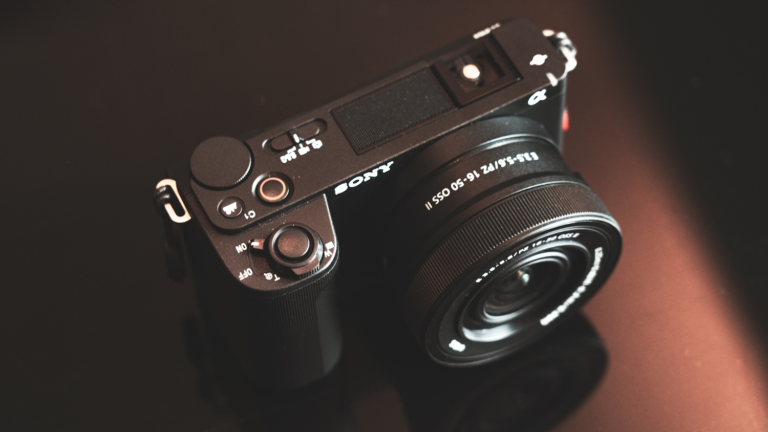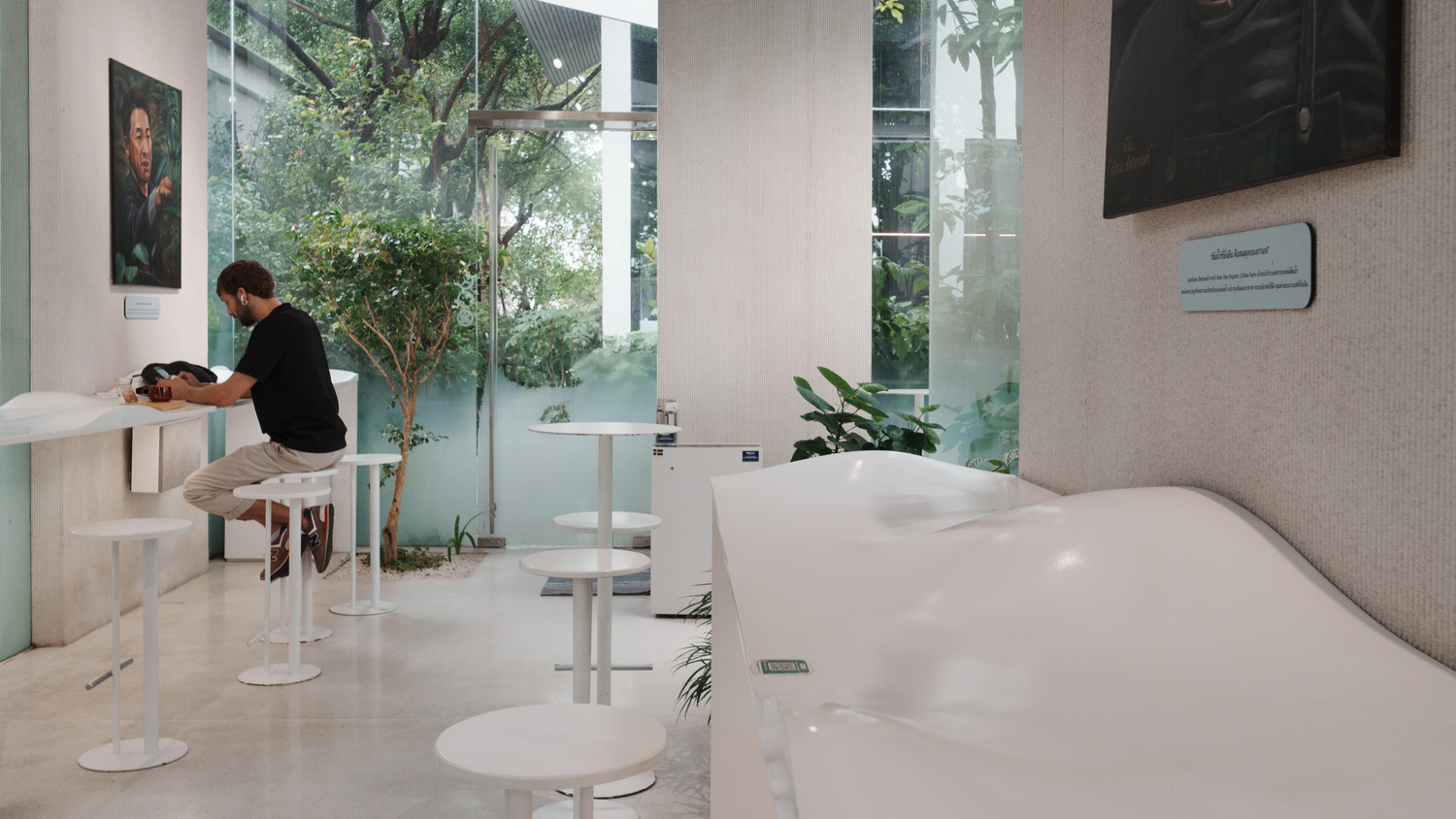A camera brand/system’s most affordable camera can often be underestimated, but it serves a bigger purpose to an entry-level user that can highly impact their growth in the craft. This second iteration of Sony’s ZV-E10 definitely brings more to the table than most realize.
What makes an entry-level camera? Is it just the fact that the price is the lowest within a specific brand lineup? Does it have to be one that is easiest for beginners to use? Or should its capabilities be able to open doors for the user?
What makes a camera good for beginners (in my opinion) is not just about it being relatively affordable for new users. It’s also not just about being ultimately easy for beginners to use. With camera and lens systems growing exponentially across the major brands, it is important that a camera a beginner would spend on can and will be compatible and usable with almost any upgrade that they would go for. While it has been officially dubbed a “vlogging” camera, the Sony ZV-E10 II can actually be seen in many different ways beyond just an entry-level vlogging camera.
The Sony ZV-E10 II
The ZV-E10 II retains the APS-C form factor from its predecessor but comes with a slightly bulkier grip, which can be attributed to its now using a bigger battery—the NPF-Z100 used by most other full frame Sony cameras as well as the newer APS-C bodies like the a6700. It comes in at 2.75 x 4.62 x 2.25 inches (67.5 x 114.8 x 54.2 mm) in either black or white color variants.
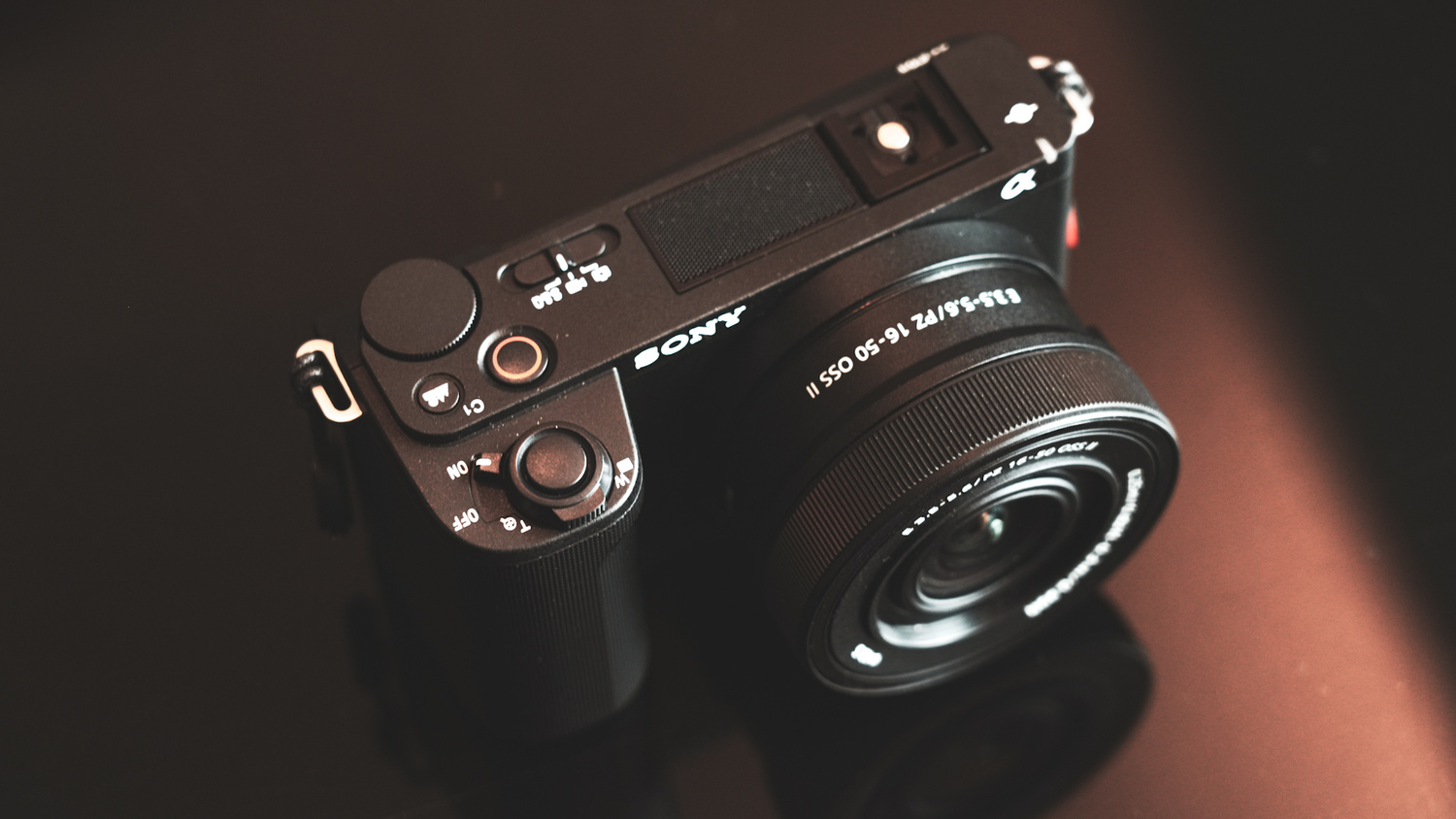
Coming from the first version of the ZV-E10, the Mark II comes with both sensor and processor upgrades. It basically uses the same sensor that has come out with the Sony FX30 and the Sony A6700. The first version had a 24.2-megapixel APS-C Exmor CMOS sensor, while the Mark II comes with an upgraded 26-megapixel Exmor R sensor paired with a BIONZ XR processor, upgraded from the first version’s BIONZ X. While absolutely not new features on Sony cameras, this is the point when the entry-level model caught up with the technology found on the higher-end models, and these have major implications for the capabilities of the camera, including a new and improved user interface capable of shifting to a vertical orientation for social media content production.

With the sensor and processor upgrade comes not just improved image quality for photos but a whole lot more options for video recording. The ZV-E10 Mark II is now capable of recording 4K videos at 60 frames per second, a jump from the 30 frames of the previous version, as well as Full HD at 120 frames per second. Beyond that, it is now also capable of shooting in S-Log3 or alternatively making use of the expanded set of creative looks for shooting videos. It also comes with the handy cinematic vlog shooting option.
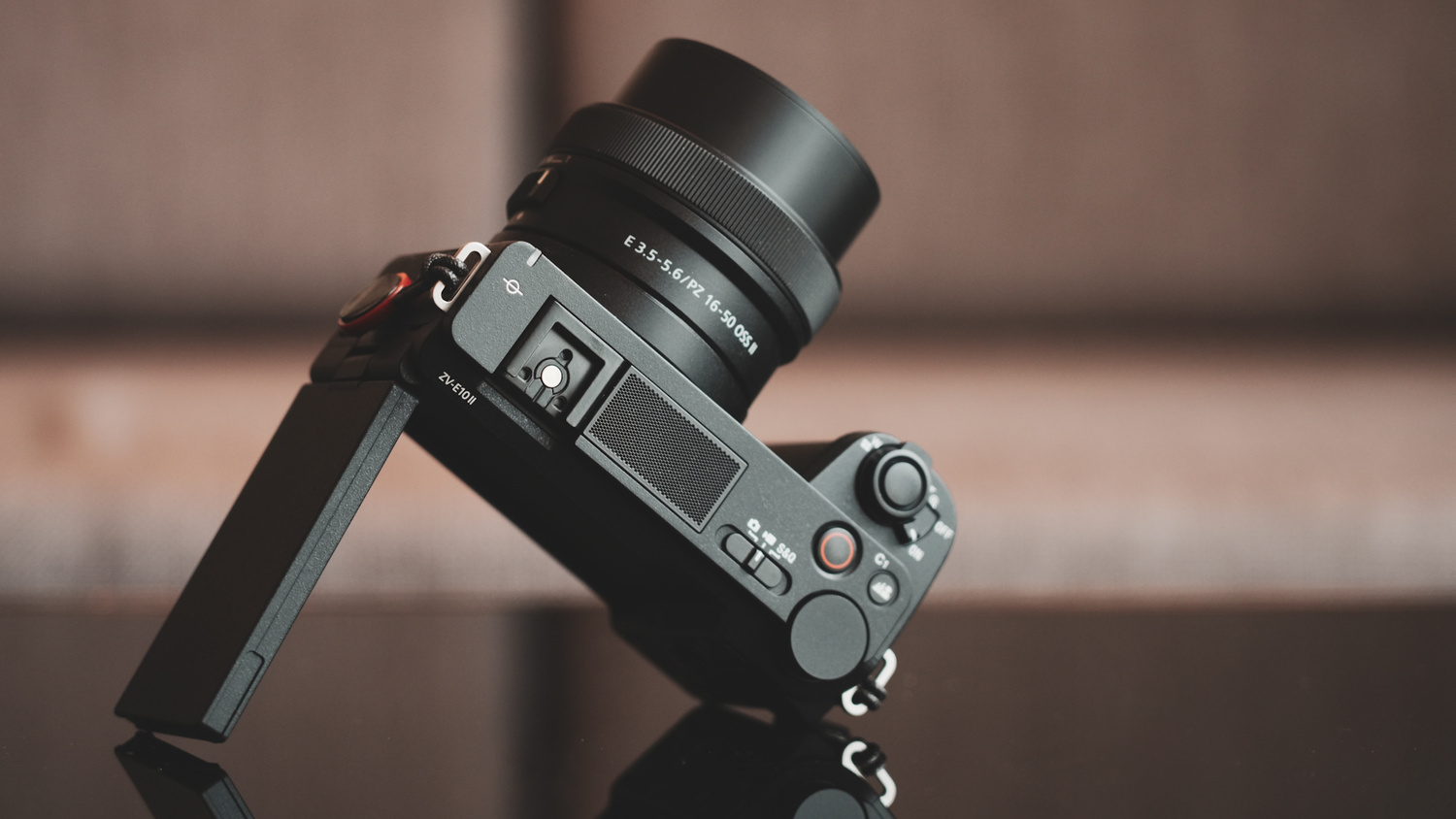
The ZV-E10 model is the entry-level interchangeable lens camera for Sony and is capable of fully utilizing the features of over 100 different E-mount lens models, including the higher-end full frame options. It also features the same multi-interface shoe that is compatible not just as input for speedlights and flash triggers but also serves as a wireless interface for Sony’s on-camera video mics.
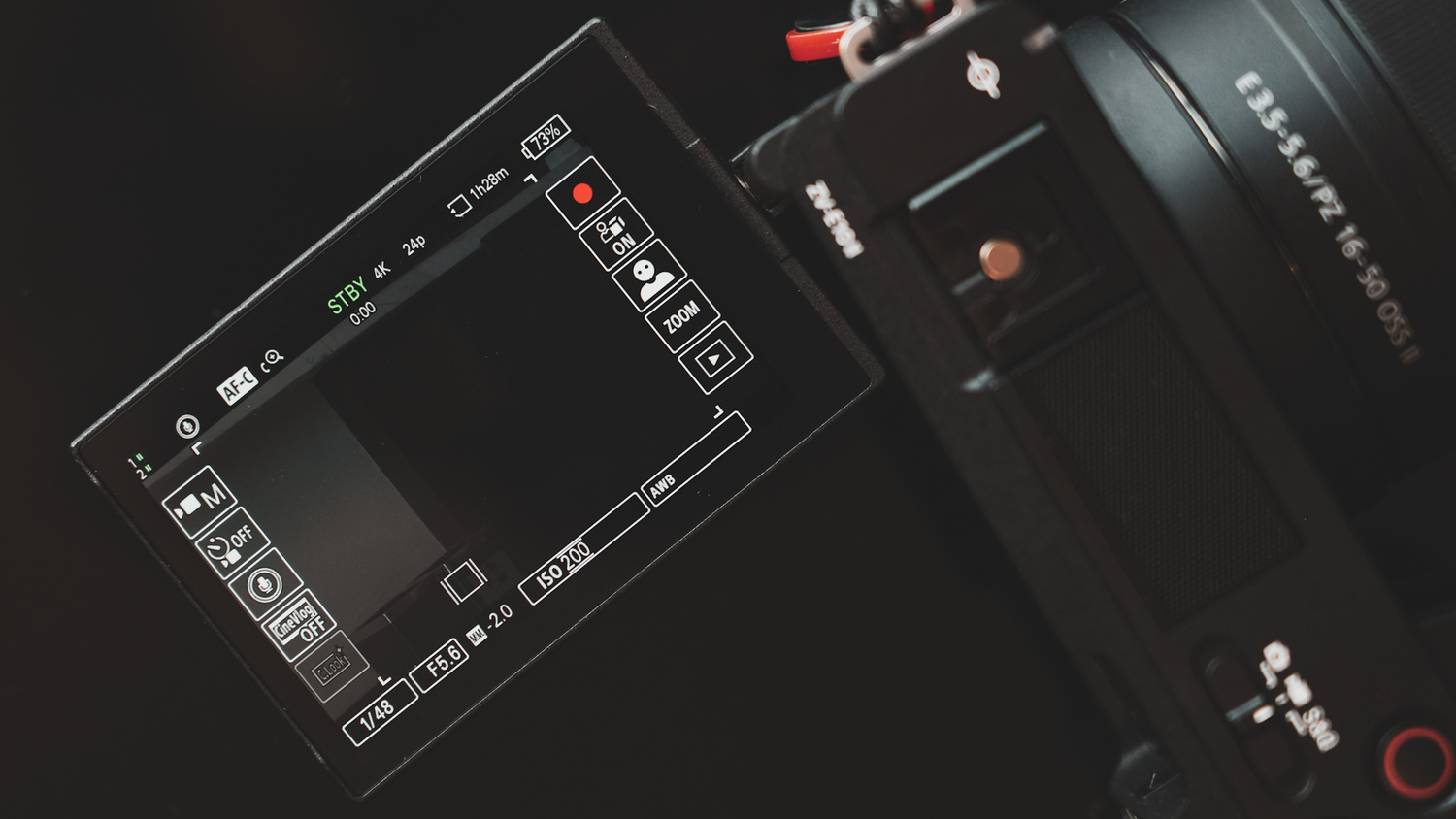
On the back panel is a 3.0-inch fully articulating screen similar to the first ZV-E10. However, this one comes with more touch functions, also made possible by the new user interface. On the top part of the left side of the camera is a standard 3.5 mm mic input port alongside a multi-functional USB-C port that can be used for both PD charging and as a video streaming interface. Below that is a single SD card slot. At the bottom of the left side is a 3.5 mm output port for monitoring sound with headphones as well as a micro-HDMI port for video output.
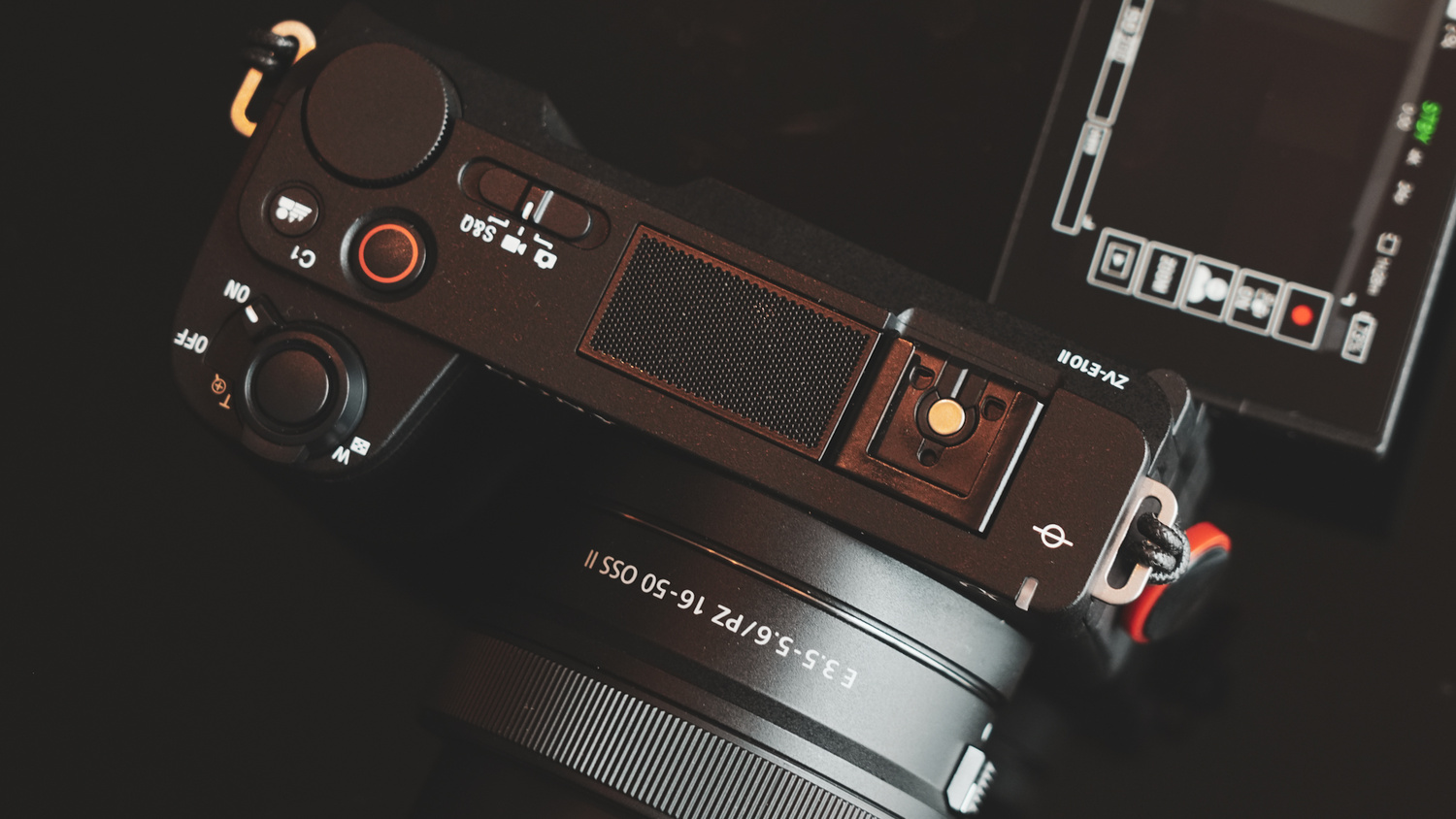
On the top panel of the ZV-E10 II is a multi-directional microphone right beside the multi-interface shoe that can be switched from recording sound from all sides, just in front, or just behind the camera. It now also comes with a photo/video/S&Q mode switch instead of just a button on the first version. The on/off switch is now similar to most other Sony cameras, which can be found just below the shutter button. While this change is definitely more functional, someone who used the first version might need a bit of time to get used to the sliding switch for modes instead of to turn the camera on. The ZV-E10 II still comes with a dedicated video recording button alongside the shutter button as well as the quick “background defocus” button on the right.
Who Is This Camera For?
While it has been commonly called a vlogging camera, the Sony ZV-E10 II can be a different camera for different kinds of users. It definitely is an entry-level camera because of the price point and feature set, but that doesn’t mean that it can’t be used by more experienced creatives with bigger creative requirements.
The Sony ZV-E10 II for Beginner Photographers
While it has been given a lot of beneficial features for video, vlogging, and content creation, the ZV-E10 II can, of course, still be a great camera for photography. Especially since it’s priced lower than the a6700, there is a huge tendency that a lot of photographers starting out would look at this camera. Twenty-six megapixels on an APS-C sensor, paired with a much more adaptive and responsive autofocus system, makes it a camera that could aid a new photographer in learning a lot about the craft. It may not have a viewfinder and does not have as many dials and shortcut buttons as other photo-centric cameras, but for the mere intention of taking photos, it can definitely do the job.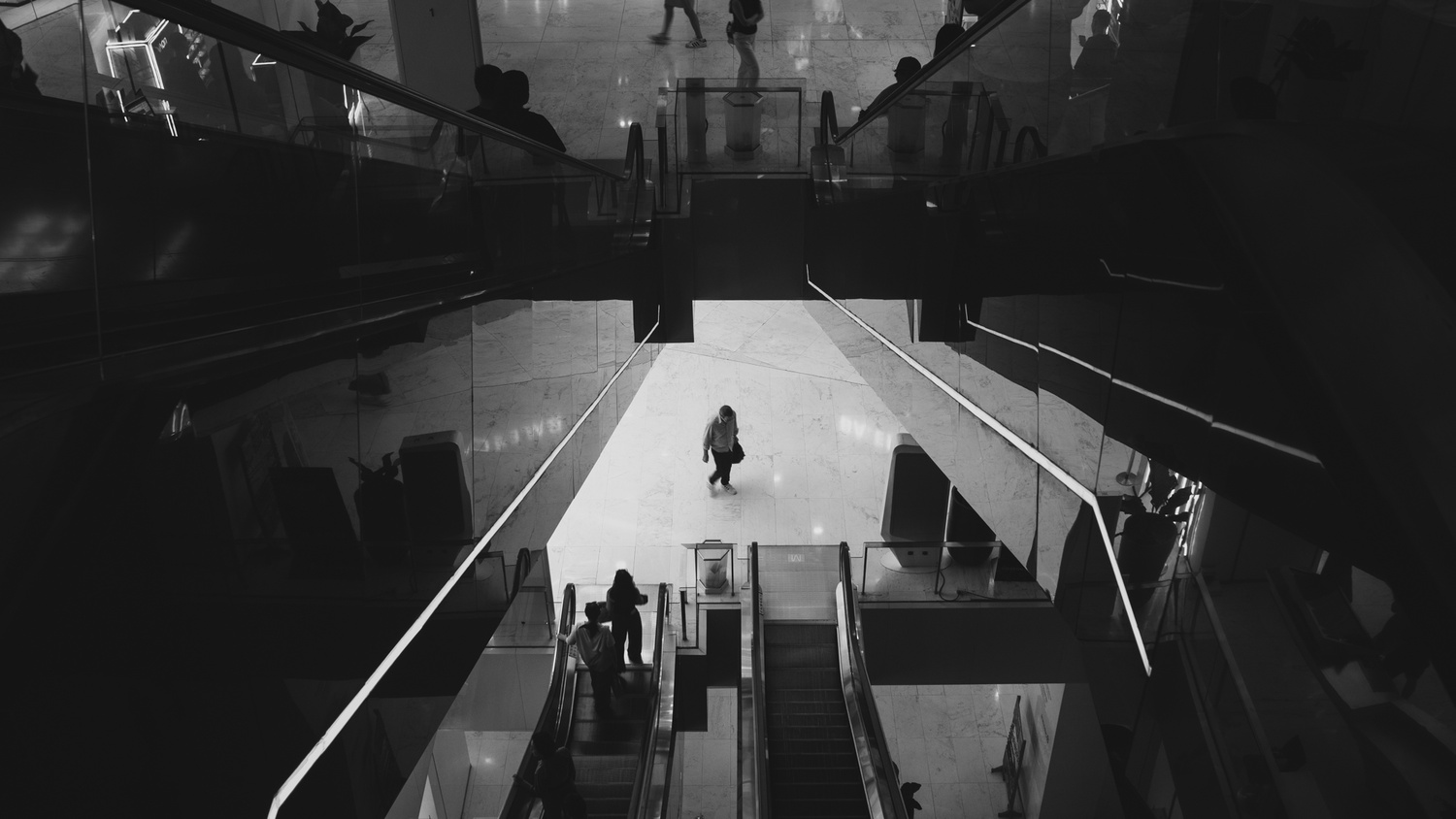 Moreover, it can be very helpful as a camera for beginners because of the fact that it is also compatible with any and all of the lenses and accessories that one might upgrade into moving forward. This means that once it’s time to move on to a new camera body, possibly a full frame body after maximizing the entry-level camera, all the lenses and on-camera flash will still be compatible. Even the extra batteries will remain usable since it already uses the NPF-Z100 batteries that the bigger cameras use. It is a widely accepted fact that beginners can learn with any camera. The bigger picture here is that this one can accommodate when they want to try new things down the line.
Moreover, it can be very helpful as a camera for beginners because of the fact that it is also compatible with any and all of the lenses and accessories that one might upgrade into moving forward. This means that once it’s time to move on to a new camera body, possibly a full frame body after maximizing the entry-level camera, all the lenses and on-camera flash will still be compatible. Even the extra batteries will remain usable since it already uses the NPF-Z100 batteries that the bigger cameras use. It is a widely accepted fact that beginners can learn with any camera. The bigger picture here is that this one can accommodate when they want to try new things down the line.

The Sony ZV-E10 for Beginner Videographers and Content Creators
Since the ZV line is more optimized for video creation, it’s a given that there will be more benefits in this camera for such users. Basically, all of the features that make it a good camera for photographers also apply to the usability for video, in addition to more flexible options beyond just simply pressing the record button.
The capabilities of this entry-level camera, such as shooting 4K60 and the responsive AF tracking, will make it a good companion for casual video creators. Compared to the more advanced cameras, though, it is expected that it would overheat faster when recording at 4K60, but there are, of course, ways to mitigate that. Regardless, the option of being able to use that, even just for relatively shorter recordings, is still a huge plus. For an onboard microphone, the 3-capsule mic does a pretty good job capturing audio when close to the source and has an added benefit of being able to switch to different polar patterns to possibly isolate the sound and reduce background noise. However, just like the compatibility with lenses, it is the fact that the ZV-E10 II is also compatible with the range of on-camera and wireless mics made by Sony that connect through the multi-interface shoe.
Moreover, after a few weeks or months of getting used to the camera, the ZV-E10 II makes further steps accessible to beginner videographers and creators. With this camera, they are now able to try shooting in log and experiment with different color grading techniques. Even further, if one were to take further steps, the camera is also capable of recording 10-bit 4:2:2 color, which used to be something that only higher-end cameras would be capable of. It even provides the capability to play back and preview log footage in rec709 or with custom LUTs to give a better preview of the final output. What makes this a good camera for beginners is the fact that it can facilitate the steps that an enthusiastic beginner would like to make by giving access to more things to try.
The ZV-E10 II for Experienced Users and Professionals
For the same reasons above, this makes this entry-level camera also a viable tool for when more experienced users would like to have a smaller camera, possibly as a second body or as a simpler alternative for certain tasks. I personally chose to get one as a second/third camera because I won’t need to get different lenses and even batteries for it, and I’d have a different perspective from my full frame lenses using an APS-C body. While I usually bring my full frame camera when I travel, it’s also nice to have a smaller walk-around camera when exploring a new place, and this makes it possible to just take photos while walking around but also quickly switch to shooting videos on the go. At the same time, as someone who creates content about photography, the ZV-E10 II will be playing the role of helping me shoot behind-the-scenes videos and even shooting demos specifically when bringing another full frame camera is out of the question. It will be the camera that’s light enough to clamp to some railing or put on a tabletop tripod but can still give what I would ask of my other cameras in terms of footage and color.
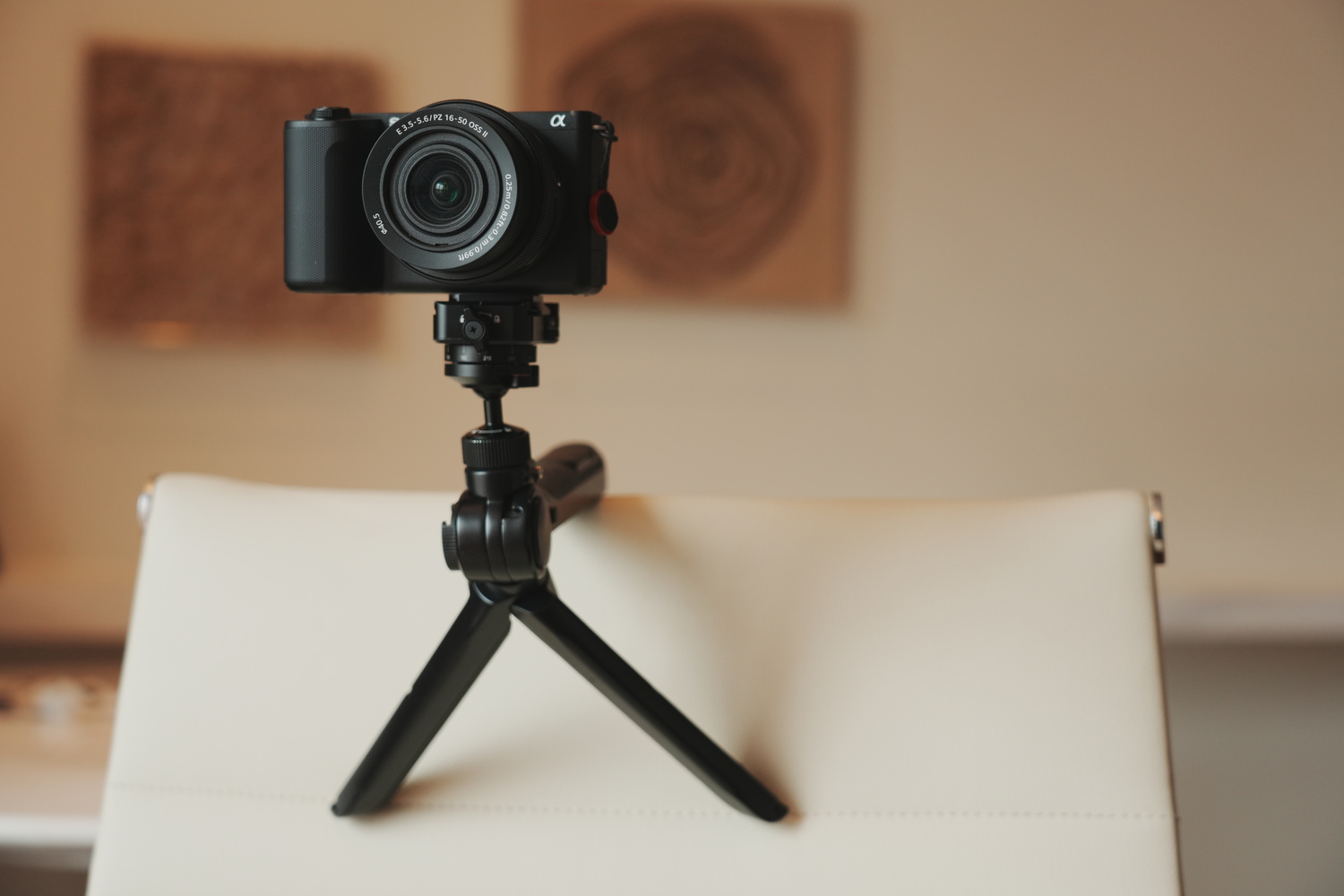
Perhaps the Sony ZV-E10 II is one of those cameras that most people won’t actually be able to maximize because of the abundance of features and use cases. However, the good thing about this is that it can be flexible to what the owner wants to do with it. For any beginner, it can allow you to try everything and anything out until the need for something with a bigger sensor, faster frame rate, or faster focusing arises. For anyone who’s done just trying things out, it can be a secondary option in many different ways. This way, the Sony ZV-E10 Mark II is more than just the cheapest camera in the current lineup; more importantly, it’s a camera that will hold out for much longer as the user grows further as a photographer or videographer.
What I Liked
- Sensor and processor upgrade
- Highly compatible with lenses and accessories
- Advanced video functions for an entry level body
What Can Be Improved
- Single SD card slot
- Possibly an add-on EVF through the MI shoe
